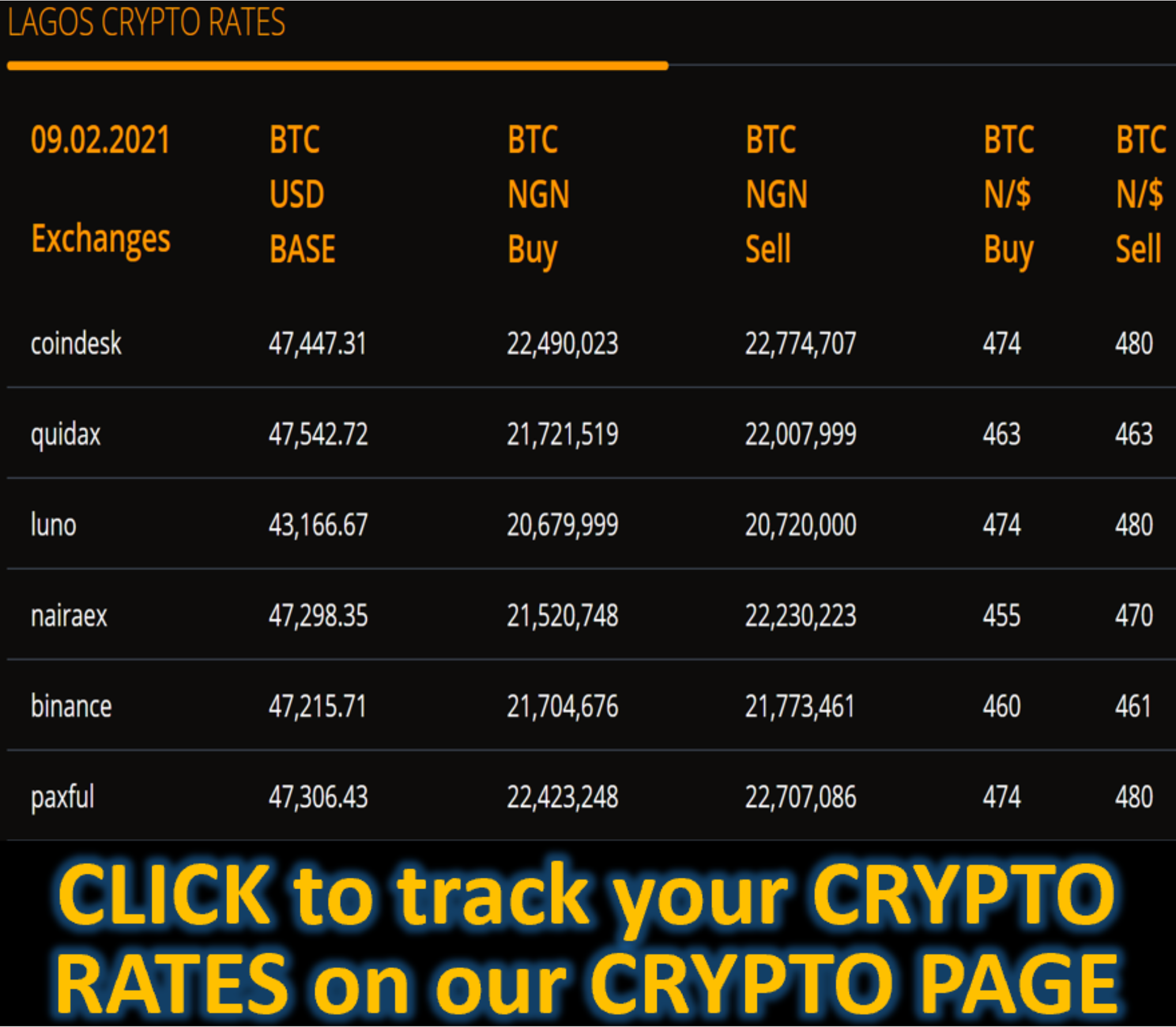Market News
Easing Inflation Gives Way to Fragile Recovery in Europe’s East - BLOOMBERG
(Bloomberg) -- The biggest economies in the European Union’s east are entering a fragile rebound as easing inflation encourages consumers to start spending again.
Hungary exited a recession with a better-than-expected third-quarter advance of 0.9%, data released on Tuesday showed. Poland expanded 1.4%, the best performance among EU member states in the period. Expansion continued in Romania and Bulgaria, with each posting 0.4% growth compared to the previous quarter.
Easing price pressures have already spurred central banks in Budapest and Warsaw to start cutting interest rates. The Czech Republic may be about to follow suit after an unexpected economic contraction. Still, the picture remains clouded with inflation fading slowly in coming months. Manufacturing is also reeling from falling demand in the euro-area, a major trading partner.
“We can talk about a slight recovery for the region, but not a strong rebound,” said Juraj Kotian, an economist at Erste Group Bank AG in Vienna. “The external environment is not very friendly for growth.”
Hungary’s economy has been hit hardest. The highest inflation and interest rates in the EU prompted citizens and companies to cut back on spending. State support rolled out by Prime Minister Viktor Orban’s government has failed to provide sufficient relief. The country is also locked in a standoff with the EU over more than $30 billion of funding suspended over rule-of-law and corruption concerns.
“Household consumption and investment activity remained a shadow of their former selves,” UniCredit economists Zsolt Becsey and Tibor Nagy said. “The only factors that supported growth and not in a very marked way were imports, which slowed due to shrinking domestic consumption and improved exchange rates.”
Romania managed to partly offset some of the external challenges by moving up long-delayed infrastructure projects such as highways and hospital upgrades in a last-minute effort to absorb as much of the EU 2014-2020 budget funds as possible.
The coalition government in Bucharest has also made implementing the reforms required under a post-pandemic recovery its top priority. The program frees up additional EU funding for both public administration and the private sector. Investments have been the major driver of growth in the previous two quarters.
With the pro-European opposition set to take power by the end of the year, Poland may also see some progress in gaining access to more than €35 billion ($37 billion) in suspended EU funds. The country’s likely next prime minister, Donald Tusk, has said some payments may start before the end of the year. Meanwhile, the third quarter probably saw internal consumption pick up with unemployment still low.
“Poland’s economy has returned to a growth path,” PKO Bank Polski SA economists said. “The end of the year should show a continuation in economic recovery.”
--With assistance from Irina Vilcu, Agnieszka Barteczko, Marton Kasnyik, Barbara Sladkowska and Konrad Krasuski.
(Updates with data, a chart, and a comment from the second paragraph.)









